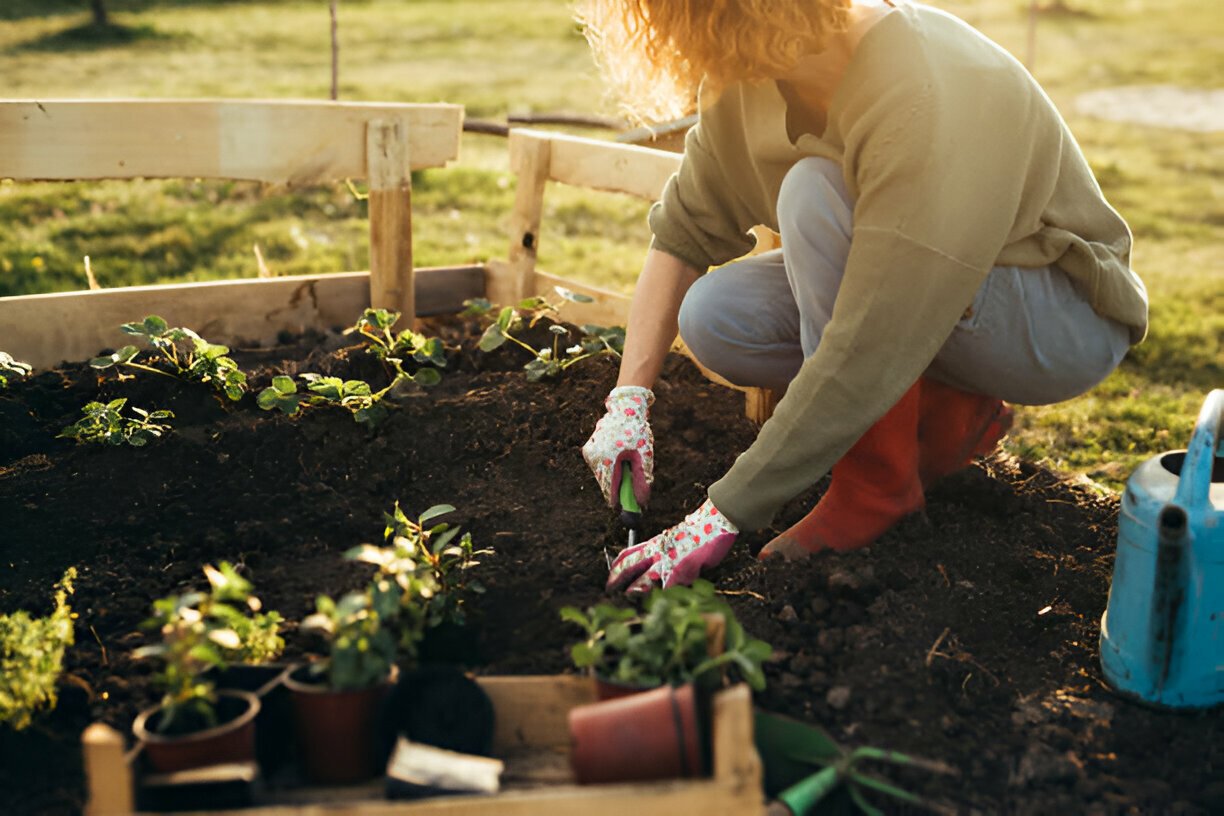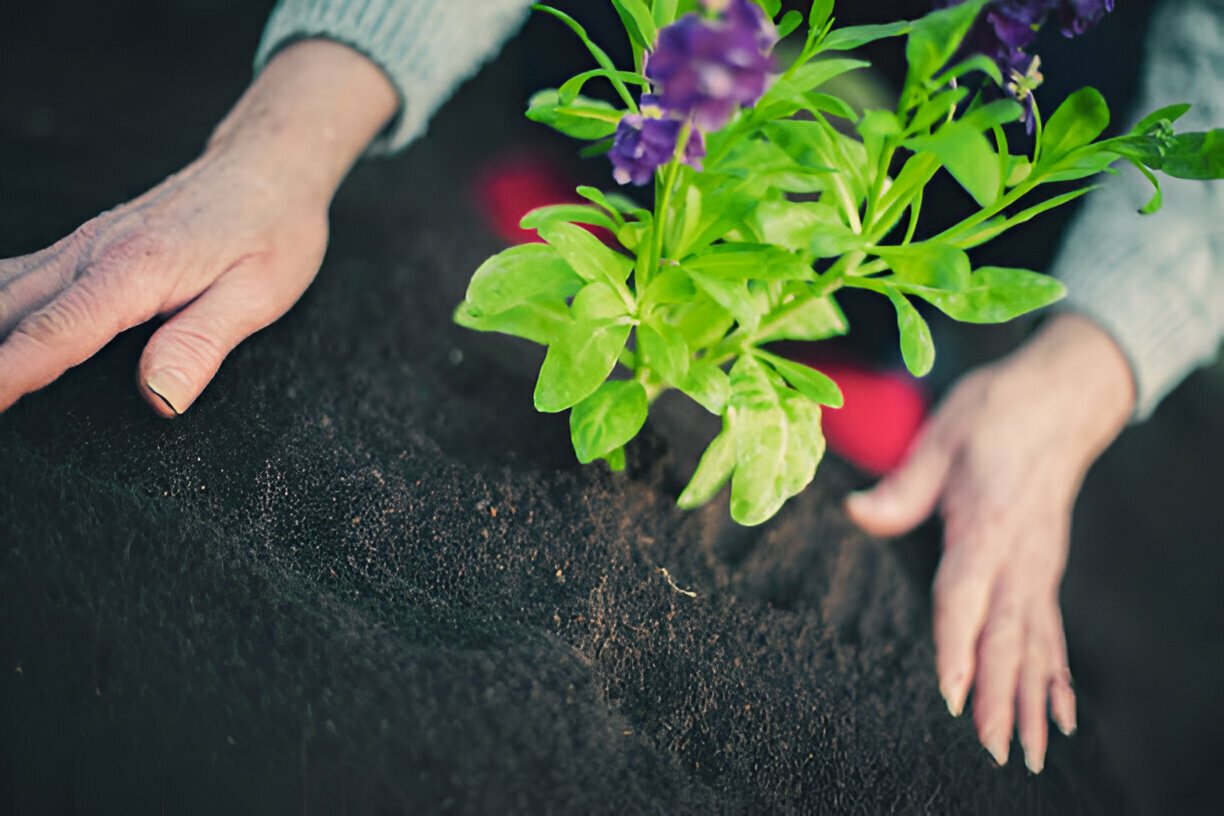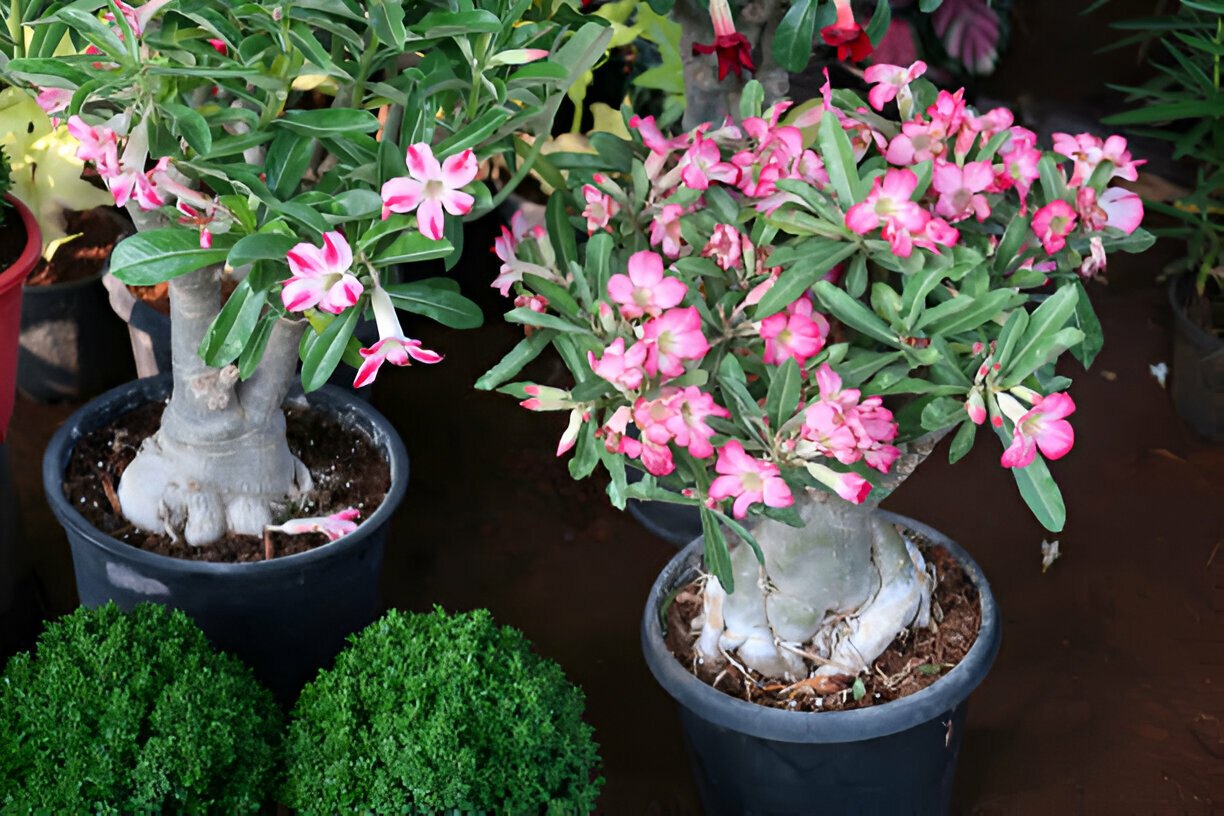
Let’s Learn to Grow Mosses at Home
Mosses are fascinating and delicate plants that can transform your home into a green oasis. Growing moss at home is easier than you might think and can be a rewarding experience. Whether you’re looking to add a touch of nature to your indoor space or create a lush garden outside, mosses can be the perfect addition. In this article, we’ll explore everything you need to know about growing mosses at home.
What is Moss?
Mosses are small, non-vascular plants that typically form dense green mats or clumps in shady, moist environments. Unlike most plants, mosses do not have roots but instead absorb water and nutrients through their leaves. This unique characteristic allows them to thrive in areas where other plants might struggle.
Benefits of Growing Moss
Growing moss at home offers numerous benefits. Here are a few:
- Low Maintenance: Mosses require minimal care once established.
- Aesthetic Appeal: It adds a beautiful, lush green touch to any space.
- Environmental Benefits: It can help retain moisture in the soil and improve air quality.

Choosing the Right Moss
There are many different types of it, and choosing the right one for your home depends on the environment and the effect you want to achieve. Some popular types include:
- Sheet Moss (Hypnum): Ideal for creating a carpet-like effect.
- Cushion Moss (Leucobryum): Forms dense, cushion-like clumps.
- Feather Moss (Pleurozium): Known for its feathery appearance.
Where to Grow Moss
It can be grown both indoors and outdoors. For indoor growth, consider areas with indirect light and high humidity, such as bathrooms or terrariums. Outdoors, can thrive in shady garden corners, on rocks, or between pavers.
How to Prepare the Area
Preparing the area for moss growth is crucial for success. Follow these steps:
- Clear the Area: Remove any weeds, debris, or existing plants.
- pH Level: Moss prefers slightly acidic soil (pH 5.0-5.5). Adjust the pH if necessary using sulfur or lime.
- Moisture: Ensure the area is consistently moist but not waterlogged.
Collecting Moss
You can collect moss from your garden, a friend’s garden, or even purchase it from a nursery. If collecting from the wild, make sure to do so responsibly and sustainably.
Common Mistakes to Avoid
Avoid these common mistakes to ensure your thrives:
- Overwatering: Needs moisture but can rot if overwatered.
- Too Much Sunlight: Direct sunlight can dry out and damage.
- Ignoring pH Levels: Ensure the soil pH is within the optimal range.
Using in Decoration
It can be used creatively in various decorations:
- Terrariums: Create miniature green worlds in glass containers.
- Moss Walls: Add a living, green wall to your home.
- Bonsai Trees: Use to cover the soil in bonsai pots.
Growing at home can be a delightful and low-maintenance way to bring nature into your living space. By following the steps outlined in this article, you can successfully grow and enjoy both indoors and outdoors. adds a unique aesthetic and environmental benefits, making it a perfect addition to any home.





